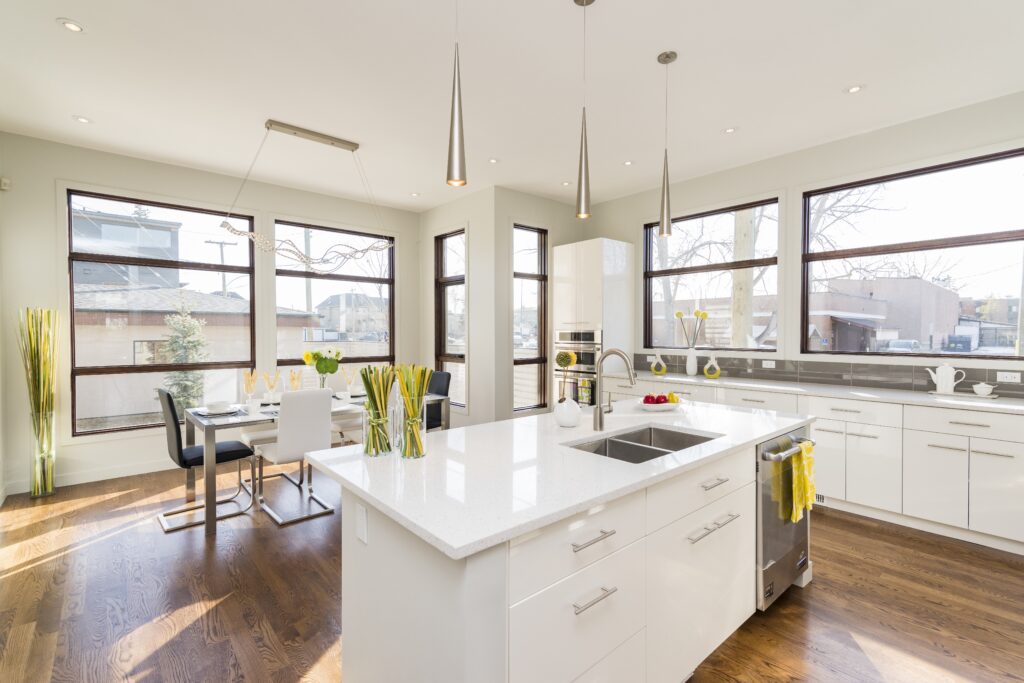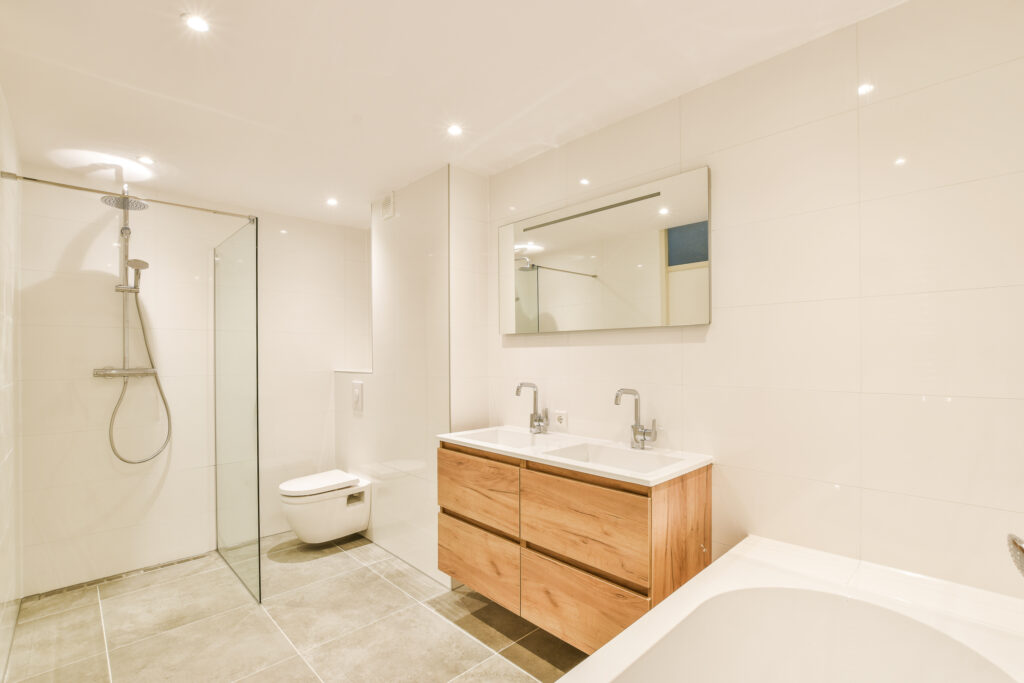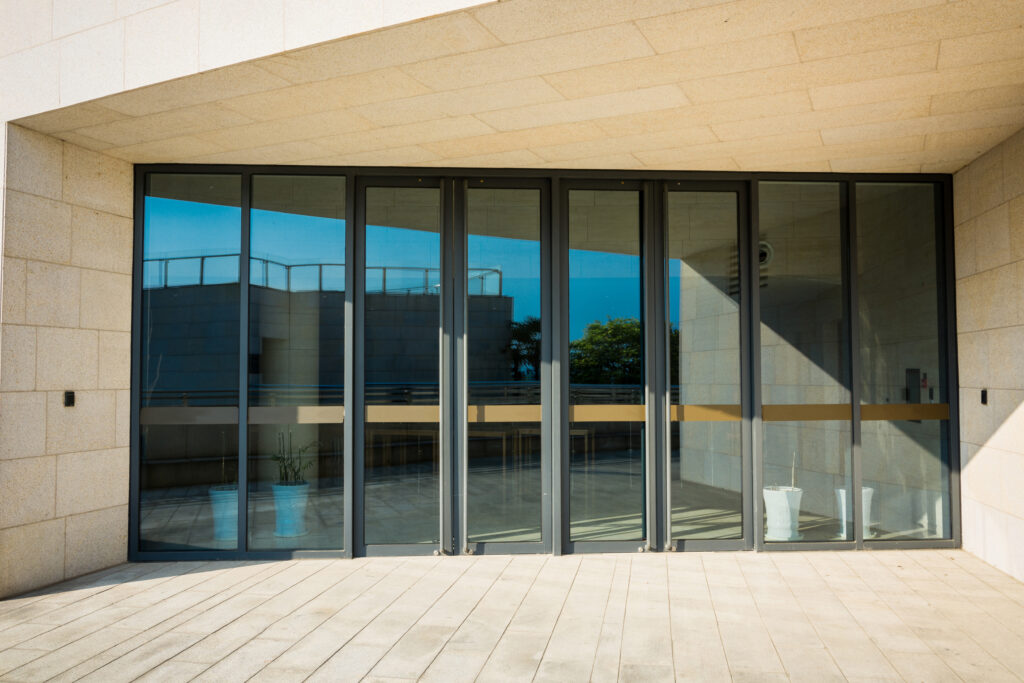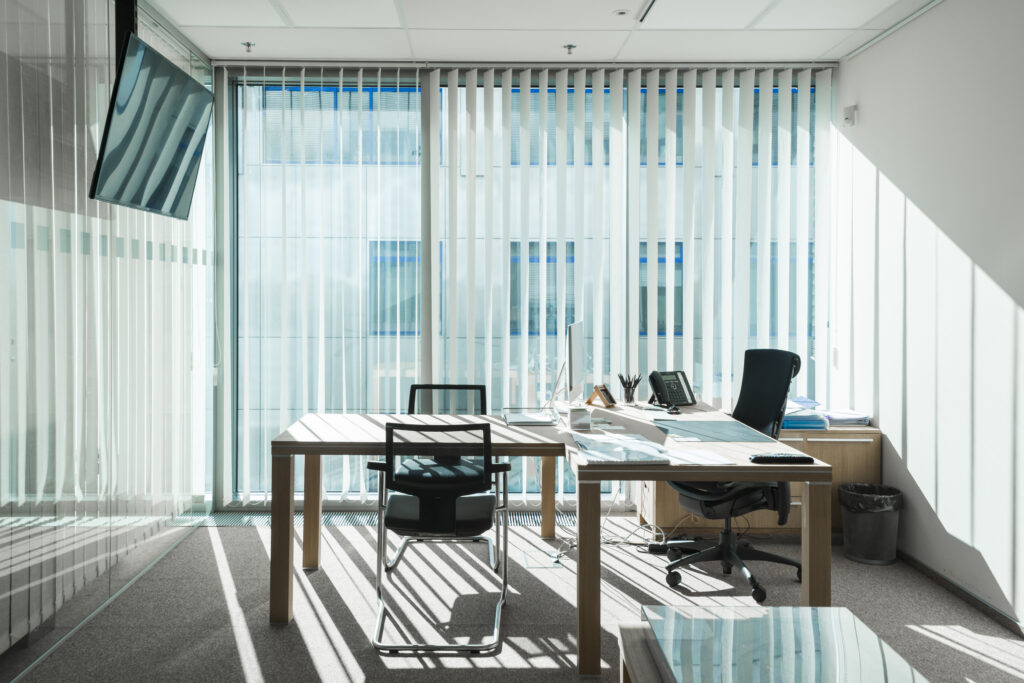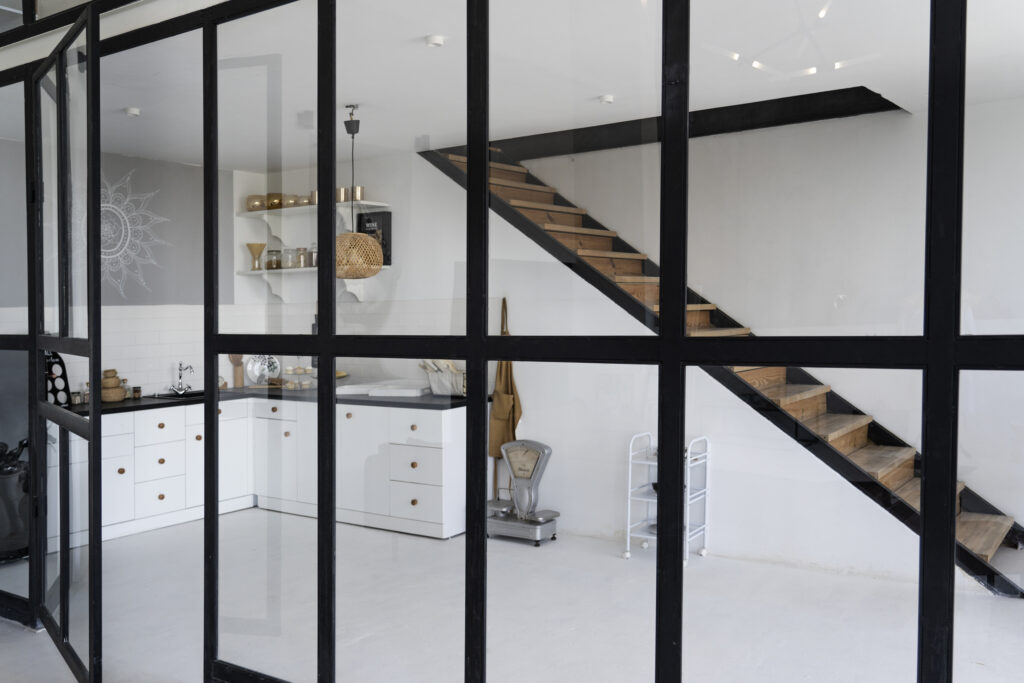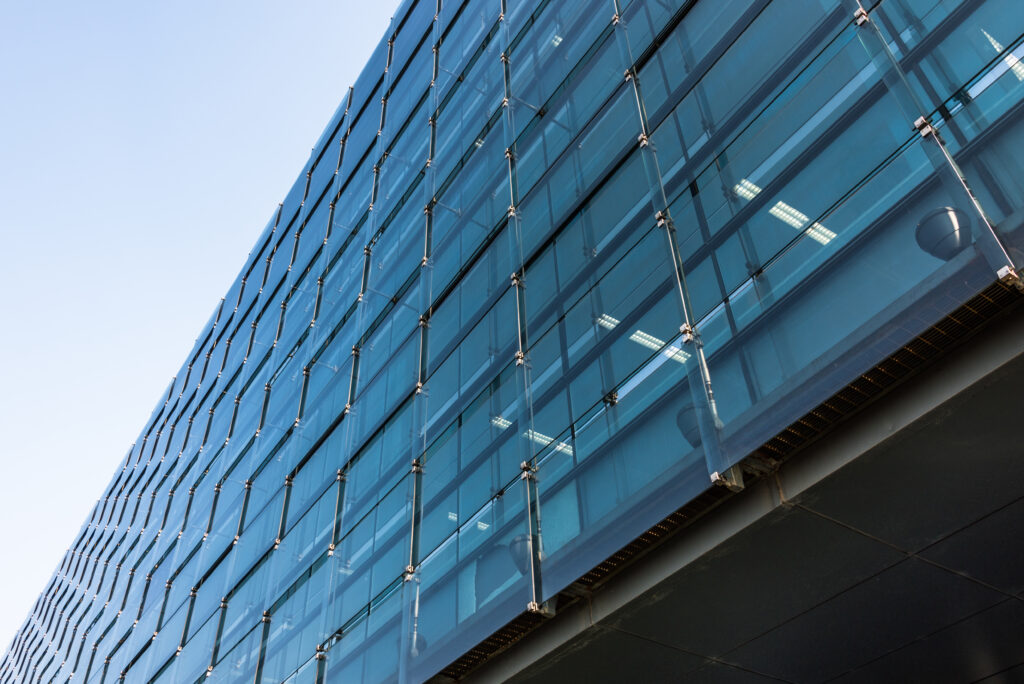Contact Us
Call Us Now
(416)-747-8040
Send An Email
Address
59 Milvan Drive, Unit A & C North York, ON M9L 1Y8
Follow Us
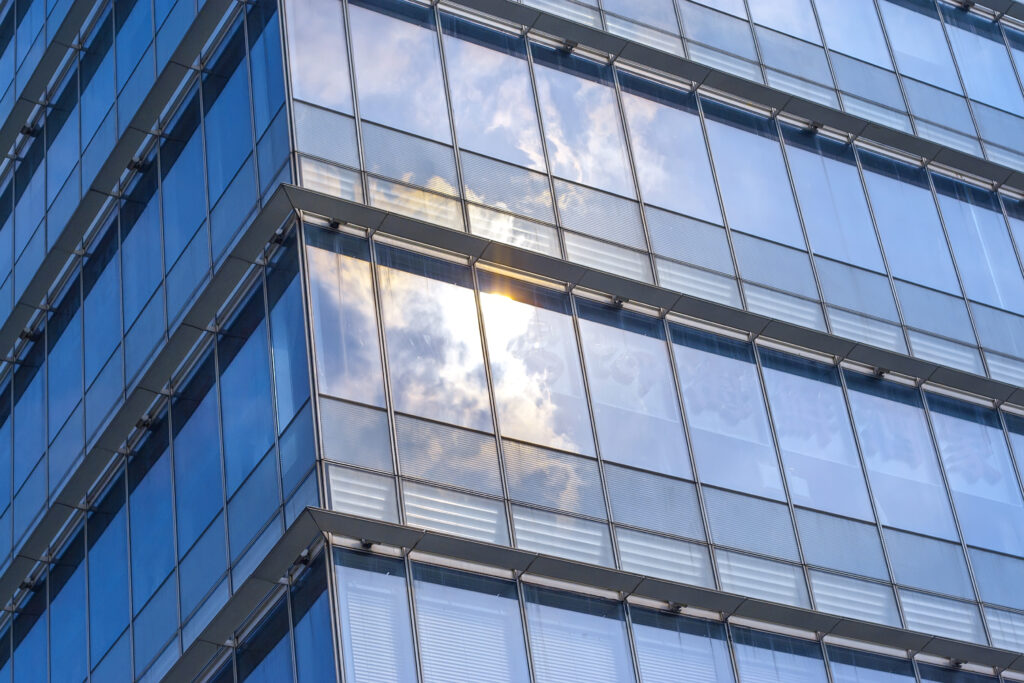
Industrial Glass
The need for “safety glass” and other glazing solutions has increased as a result of concerns over the safety of residential and commercial structures.
For owners of commercial buildings, a forcible entry has become one of their top safety worries. Although huge doors and windows are necessary and attractive features for such structures, they are also the weakest point of homes and buildings and are frequently targeted by burglars.
As a result, glass manufacturers keep developing better glass goods to satisfy the demands of commercial building owners for safer glazing goods.
What does Industrial Glass mean?
A transparent solid material that is utilized in a variety of applications in the industrial glass. Industrial glass is frequently used in nearly every industry and may be found in everything from pressure sensors to machinery to laboratory equipment and commercial power generators. It is a flexible material that may be shaped and sized in a wide variety of ways.
There are many distinct varieties of glass, and they can all be utilized for various purposes. The performance requirements of the application should be taken into consideration when choosing the glass to utilize. This comprises the mechanical, chemical, thermal, and optical characteristics.
Borosilicate glass, a high-strength substance that is both environmentally safe and resistant to chemical reactions, is one kind of industrial glass that Zenith Glass & Mirror offers. The manufacturing of food and beverages as well as the aerospace sectors both employ this kind of glass. To increase its strength and resistance to thermal shock, borosilicate glass is frequently tempered. Moreover, it is sometimes chemically enhanced to increase its longevity and toughness.
What is Laminated Glass and its functionality?
Two pieces of ordinary or tempered glass are sandwiched with a clear plastic film layer to form laminated glass. Before being heated during the initial melting process, the glass is treated to remove any air bubbles or pockets that may have been present.
Following this preliminary step, the glass is heated once more, but this time under pressure to produce the finished glass. More layers can be used to create stronger laminated glass.
To be properly positioned, laminated glass can be very gently stretched (but not in a rubber band style).
To lessen the likelihood of harm to those involved in auto accidents, laminated glass was initially intended for use in windshields of moving vehicles. Only that side of the glass, not the whole thing, will break in the event of an impact with one side of the glass. Injuries are unlikely because the parts remain intact after one or two strikes, depending on how severe they were.
Additionally, to high-frequency soundproofing, laminated glass also prevents 97% of UV radiation.
How can Laminated Glass be used?
Laminated glass can be found in a wide variety of shapes and ‘locations,’ including on balconies, roofs, frameless glass railings, tall skyscraper windows, and car windshields. If the noise levels outside the building are excessively loud, some commercial building owners may additionally ask for laminated glass.
What is Tempered Glass and its main purpose?
Traditional (ordinary/annealed) glass is transformed into tempered glass by heating and cooling it repeatedly to give it its safety characteristics. Tempering is the name given to the heating and cooling procedure that gives the tempered glass its name.
When glass is tempered, its safety features are developed interestingly as a result of fast heating and cooling. When hot glass is quickly cooled, the exterior surface of the glass hardens more quickly than the interior. This procedure leaves the glass’s center “in tension,” making it far stronger and more resilient than regular glass.
Even while tempered glass is more durable than regular glass, it still has a chance of breaking. Tempered glass must be broken with tremendous force. It normally stays in its frame, but if it were to break, it would shatter into a pattern that resembled a web of interlocking threads.
But, if the connecting pieces are likewise weak, the broken pieces may pop out of the frame. Yet, tempered glass is made to shatter into microscopic, less hazardous pieces as opposed to jagged, sharp edges. Moreover, tempered glass cannot be fixed.
Where can Tempered Glass be used?
Tempered glass is typically utilized when it could put family and friends in danger since it is a type of “safety glass” group of glass. It is helpful to have in many different circumstances, but it shouldn’t be employed in high-risk regions where even greater brute-force prevention is necessary.
Tempered glass is also used in storm doors, oven doors, skylights, shower doors, and bathroom doors.
What Bent Glass means and what Characteristics does it have?
Bent glass is glass that has been shaped convexly or concave by being bent or curled. The glass is carefully warmed until it becomes flexible, then molded into the appropriate shape. Before cooling, the curved glass can be hardened.
Bent Glass’ Main Characteristics
- Glass with a thickness of 3 mm to 19 mm can be bent to the desired shape.
- They need to be handled with extreme care since their curved design makes them more likely to break.
- Every glass piece needs to be custom-made.
Bent Glass Common Usage
Curved Laminated Glass → An additional PVB layer is fastened between two layers of glass in this twisted piece of glass. As a result, the glass is exceedingly durable. In the event of a crack, the PVB layer holds the glass pieces together so they don’t fall apart.
Curved Tempered Glass → Before cooling, the glass is first tempered. The glass is extremely robust thanks to the compressive and tensile stresses. Once damaged, it shatters into incredibly small fragments that could fall and cause injuries to people.
Curved Annealed Glass → This glass is utilized for displaying reasons in stores when safety glass is not a particularly significant need or issue.
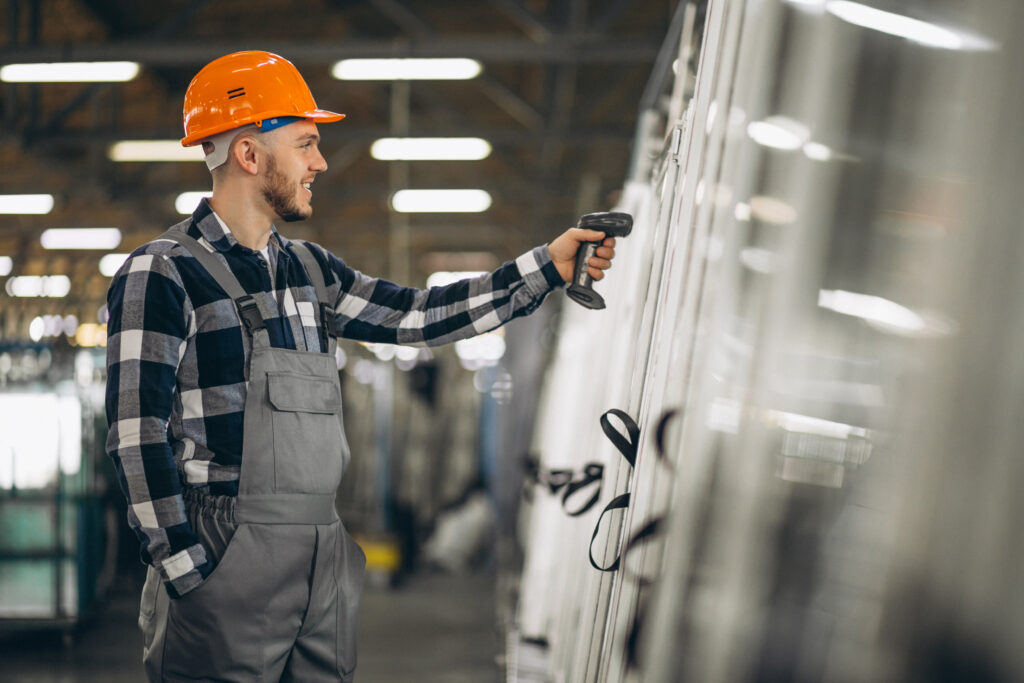
Where will Bent Tempered Glass be in the future?
Curved glass forms are becoming more and more popular. As soon as designers and architects are aware of the most recent advancements in bending and tempering, it will expand even further.
It’s no longer experimental to use bent tempered glass. Custom bent glass is integrating the beauty of form with function to the ideas and applications of tomorrow, opening up new potential for the glass industry, thanks to ongoing Zenith glass & Mirror and new technology advancements. It is currently a high-quality, affordable, and secure material that can take thousands of different shapes.
What does an Insulated Glass Unit combine and what Features does it have?
A spacer connects the two or three glass panes that make up an insulated glass unit into a single piece. The effectiveness of the IGU and the window can be significantly impacted by the material chosen to make the spacer. Air or a noble gas can be inserted between the glass for increased effectiveness. These chambers are double in number and may hold more gas in triple-pane windows. Low-emissivity coatings can be applied to glass surfaces in insulated glass units to provide extra features.
What is Low-E Glass, and Does it Help Windows Be More Energy Efficient?
In order to reduce the quantity of infrared and ultraviolet light that enters your home through your windows without reducing the amount of light that comes in, low-E glass, or low-emissivity, glass was developed. A transparent, incredibly thin layer that reflects heat is present on Low-E glass windows. The covering is even finer than a human hair! Due to the Low-E coatings’ ability to reflect interior temperatures back inside, your home’s temperature remains stable.
The efficiency of Low-E coated glass is determined by a number of variables, including:
- U-Value → The amount of heat loss that a window permit determines what rating it receives.
- Visible Light Transmittance → The percentage of visible light that travels through glass.
- Solar Heat Gain Coefficient → The amount of incident solar energy that enters through the window is represented by this percentage. This can either radiate inward or be immediately conveyed, absorbed, and radiated.
- Light to Solar Gain → A window’s solar gain coefficient and visible light transmission rating in relation to one another.
What are the main types of Low E-Glass Coatings?
- Passive Low-E Coatings (Hard-Coat) → The pyrolytic technique yields a pyrolytic coating, which is used in the production of passive Low-E coatings. When the coating is applied to the glass ribbon being made on the float line, the coating ‘fuses’ to the heated glass surface. This fusion forms a solid bond or hard coat, that is extremely long-lasting.
- Solar Control Low-E Coatings (Soft-Coat) → Using solar power Low-E coatings are created utilizing the MSVD technique, which involves applying the coating on pre-cut glass off-line and at room temperature in a sealed chamber. The insulating glass (IG) or laminated unit in which this coating, also known as ‘soft-coat’, is installed must be sealed. In terms of solar control, the soft coat performs better and has lower emissivity. The best sun control is available with this coating.
Why choose Zenith Glass & Mirrors for High-Performance Glass Services?
In the creation of numerous high-performance glass products, Zenith Glass & Mirror is a proud market leader. To support our chemical strengthening and thermal tempering services, our skilled personnel can perform ultra high-pressure cold cutting, CNC machining, printing, polishing, drilling, and a number of other glass manufacturing operations.
Zenith Glass & Mirror can assist you with any of your project’s needs. Visit our website or get in touch with us at (416)-747-8040 right now for more details on our high-performance glass services

